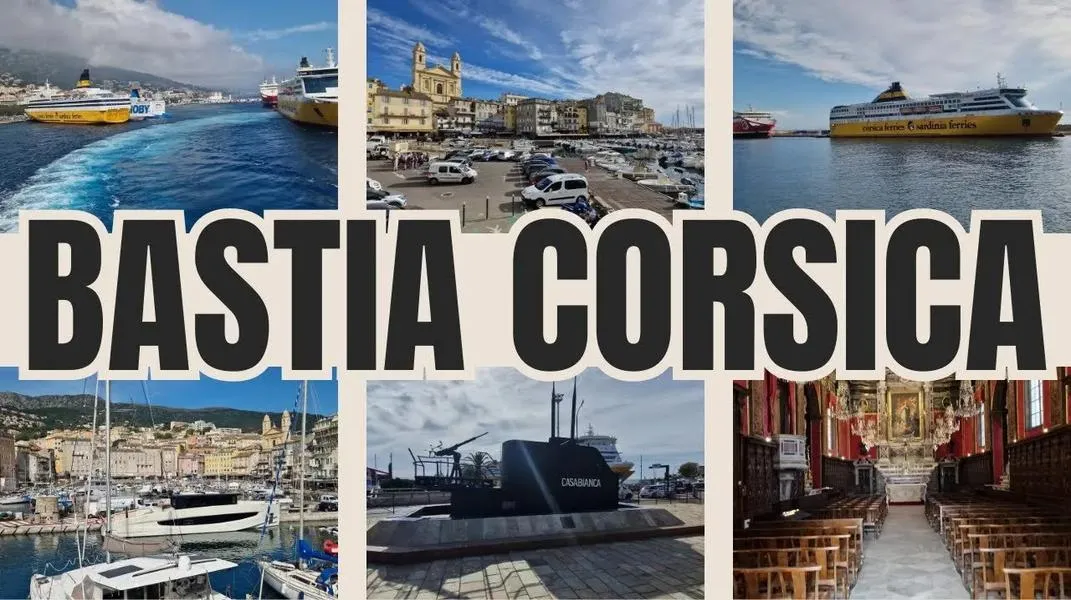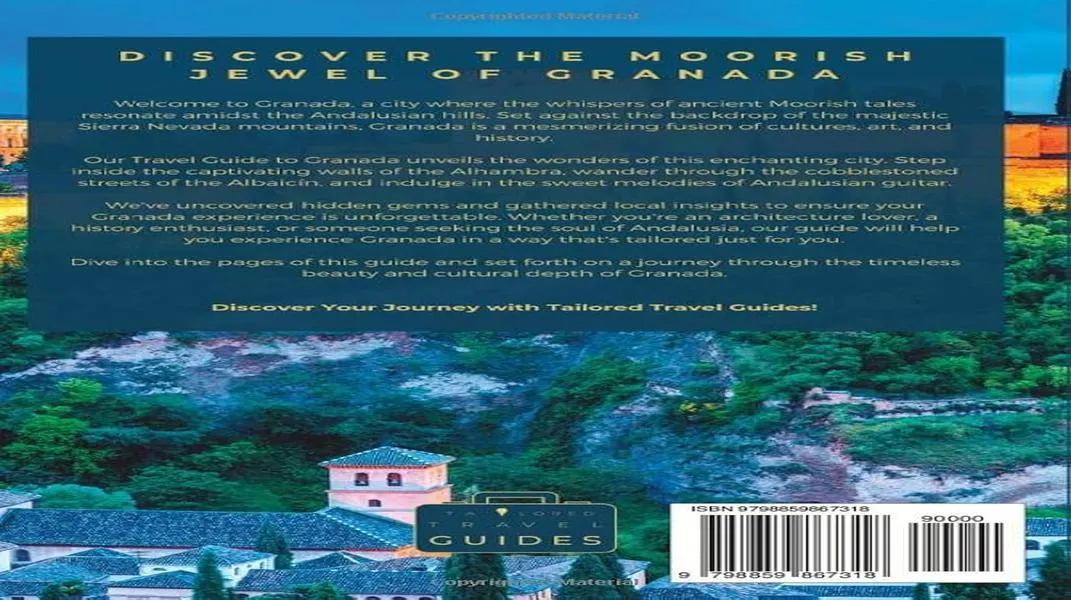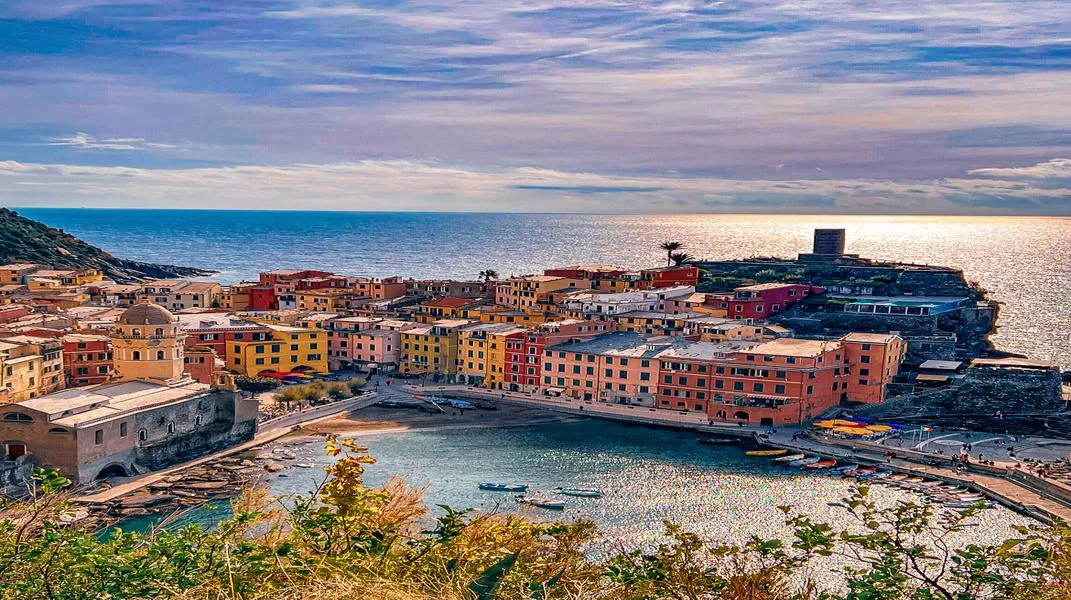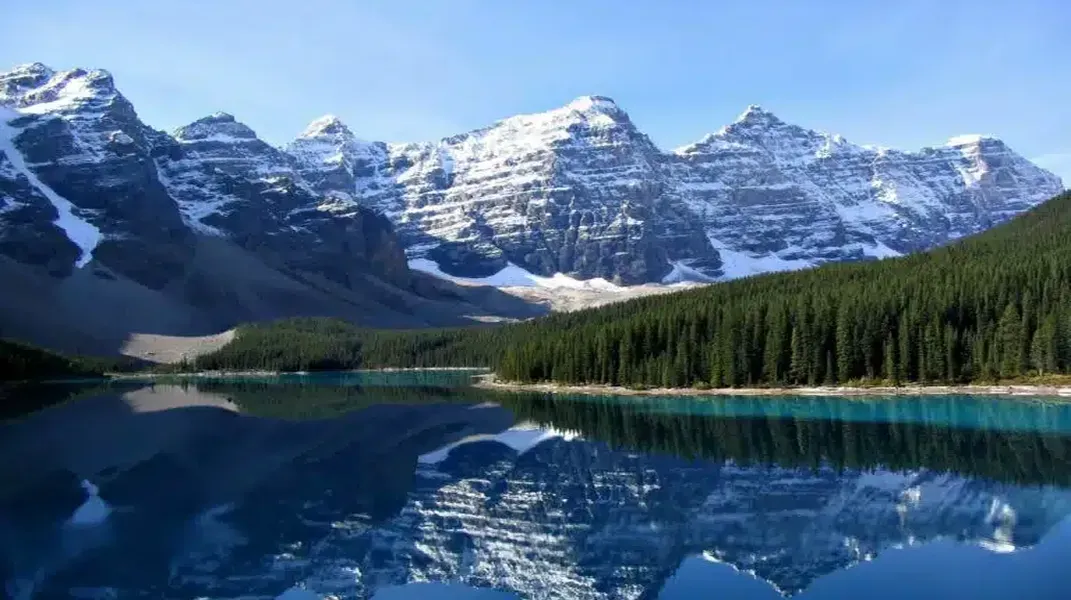Discovering Corsica: The Jewel of the Mediterranean
Corsica, the fourth largest island in the Mediterranean, is a stunning blend of natural beauty, rich history, and vibrant culture. Nestled between the Italian and French coastlines, this enchanting island is often referred to as the "Isle of Beauty" (Île de Beauté) and is known for its dramatic mountains, crystal-clear waters, and picturesque villages. Corsica offers a wealth of opportunities for exploration, relaxation, and adventure, making it an ideal destination for travelers seeking both tranquility and excitement.

The Allure of Corsica
1. Breathtaking Landscapes
Corsica's diverse landscapes are one of its main attractions. The island features majestic mountains, lush forests, and stunning coastlines. The central region, known as the "Corsican Alps," boasts peaks that rise over 2,700 meters (8,858 feet), providing breathtaking views and numerous hiking trails. The GR20, a renowned long-distance hiking trail, traverses the island from north to south, offering an unforgettable experience for trekking enthusiasts.
The coastline is equally captivating, with over 1,000 kilometers (620 miles) of rugged shoreline. Visitors can explore hidden coves, sandy beaches, and dramatic cliffs. The Scandola Nature Reserve, a UNESCO World Heritage site, is a must-visit for its stunning sea cliffs, unique rock formations, and rich marine life.
2. Rich Cultural Heritage
Corsica has a rich cultural heritage that reflects its complex history. The island has been influenced by various civilizations, including the Greeks, Romans, and Genoese, which is evident in its architecture, cuisine, and traditions. The capital city, Ajaccio, is the birthplace of Napoleon Bonaparte and is home to several museums and historical sites dedicated to his life.
The island's towns and villages, such as Bonifacio, Calvi, and Corte, feature narrow cobblestone streets, charming stone houses, and medieval fortifications. Each place has its own story and character, inviting visitors to immerse themselves in the local culture.
3. Culinary Delights
Corsican cuisine is a delightful fusion of French and Italian influences, with an emphasis on fresh, local ingredients. The island is known for its artisanal cheeses, cured meats, and seafood. Visitors can savor specialties such as figatellu (a type of sausage), brocciu (a fresh cheese), and canistrelli (a traditional biscuit).
The local wines, particularly those from the Patrimonio and Ajaccio regions, are also worth trying. Wine enthusiasts can take vineyard tours and tastings to experience the unique flavors of Corsican wines.
Preparing for Your Visit to Corsica
To fully enjoy your Corsican adventure, proper preparation is essential. Here’s a comprehensive guide on what to bring and consider before embarking on your trip.
1. Travel Documents
Ensure that your travel documents are in order. Depending on your nationality, you may need a valid passport and a visa to enter France. If you’re a citizen of the European Union, you can travel with just your ID card. It’s advisable to check the latest travel requirements before your departure.
2. Accommodation
Corsica offers a wide range of accommodation options, from luxury resorts and boutique hotels to charming guesthouses and campsites. Booking your accommodation in advance is recommended, especially during the peak summer months when the island attracts many tourists.
3. Transportation
Corsica is accessible by air and sea, with several airports and ferry connections. Depending on your itinerary, you may want to rent a car to explore the island at your own pace. This is particularly beneficial for visiting remote villages and enjoying the scenic drives along the coast and through the mountains.
4. Clothing and Gear
Corsica's climate can vary, so packing appropriately is essential. Here are some clothing and gear recommendations based on the season:
- Summer (June to September): Light, breathable clothing is ideal for warm temperatures. Pack swimsuits for beach outings, comfortable sandals for exploring, and a hat and sunglasses for sun protection. Don’t forget a light sweater or jacket for cooler evenings.
- Autumn (October to November): Layering is key during the fall. Bring long-sleeve shirts, a medium-weight jacket, and comfortable pants. Hiking boots are recommended if you plan to hike the trails.
- Winter (December to February): Corsica can be chilly, especially in the mountains. Pack warm clothing, including thermal layers, a winter coat, and waterproof boots if you plan to explore the snowy peaks.
- Spring (March to May): Similar to autumn, layering is essential. Bring a mix of short and long sleeves, a light jacket, and comfortable shoes for walking.
5. Hiking Equipment
If you plan to hike the GR20 or explore other trails, consider bringing the following hiking gear:
- Sturdy hiking boots for comfort and support
- A daypack to carry essentials (water, snacks, first aid kit)
- A refillable water bottle or hydration system
- A map or GPS device for navigation
- Trekking poles for added stability on uneven terrain
- Sunscreen and insect repellent
6. Beach Essentials
Corsica’s stunning beaches are a major draw, so be sure to pack:
- Swimwear and beach towels
- Flip-flops or water shoes
- Snorkeling gear (if you plan to explore the underwater world)
- A beach umbrella for sun protection
- A picnic blanket and snacks for a beach day
7. Food and Drink
While Corsica boasts a vibrant culinary scene, it’s always a good idea to pack some snacks for your adventures, especially if you plan to hike or spend long days exploring. Local specialties can also be found in markets and shops, so be sure to indulge in the island’s flavors.
8. Language
While French is the official language, many Corsicans also speak Italian and Corsican, a local dialect. Learning a few basic phrases in French can enhance your experience and help you connect with locals.
9. Cultural Etiquette
Corsica has a unique culture, and being respectful of local customs is appreciated. Greet locals with a friendly "Bonjour" (good morning) or "Bonsoir" (good evening) when entering shops or restaurants. Tipping is customary but not obligatory; rounding up the bill or leaving small change is generally sufficient.
Must-See Attractions in Corsica
Now that you’re prepared for your visit, let’s explore some of the must-see attractions across the island.
1. Ajaccio
As the capital of Corsica, Ajaccio is a vibrant city filled with history and culture. Visit the Maison Bonaparte, the ancestral home of Napoleon, which is now a museum showcasing artifacts from his life. Stroll along the picturesque waterfront and enjoy the local beaches, or explore the bustling markets.
2. Bonifacio
Perched on dramatic cliffs overlooking the Mediterranean, Bonifacio is one of Corsica’s most stunning towns. The old town features narrow streets, ancient fortifications, and breathtaking views of the sea. Take a boat tour to explore the nearby sea caves and the striking cliffs. The nearby Lavezzi Islands are also worth a visit for their pristine beaches and crystal-clear waters.
3. Calvi
Calvi is known for its beautiful citadel and stunning beaches. The town boasts a lively atmosphere with shops, restaurants, and bars lining the waterfront. Don’t miss the chance to hike up to the citadel for panoramic views of the coast and the surrounding mountains.
4. Corte
The historic town of Corte is located in the heart of Corsica and is often considered the island’s cultural capital. Visit the Citadel, which offers a glimpse into Corsica’s past, and explore the Restonica Valley, known for its hiking trails and natural pools.
5. Cap Corse
This peninsula in northern Corsica is known for its dramatic landscapes, quaint fishing villages, and vineyards. Drive along the scenic coastal road, stopping at picturesque villages such as Erbalunga and Nonza. Explore the rugged coastline, hike in the Cap Corse Regional Natural Park, and sample local wines.
6. Scandola Nature Reserve
As a UNESCO World Heritage site, the Scandola Nature Reserve is a breathtaking area of natural beauty. Accessible only by boat, visitors can explore the reserve’s stunning cliffs, hidden coves, and diverse marine life. Snorkeling and diving are popular activities here, allowing you to discover the underwater wonders of Corsica.
Conclusion
Corsica is a destination that offers something for everyone, from its breathtaking landscapes and rich cultural heritage to its delicious cuisine and outdoor adventures. Whether you’re hiking the rugged trails, lounging on pristine beaches, or immersing yourself in local traditions, Corsica promises an unforgettable experience.
With careful preparation and a spirit of adventure, your visit to this Mediterranean gem will surely be filled with memories that will last a lifetime. So pack your bags, grab your camera, and get ready to explore the enchanting isle of beauty—Corsica!




